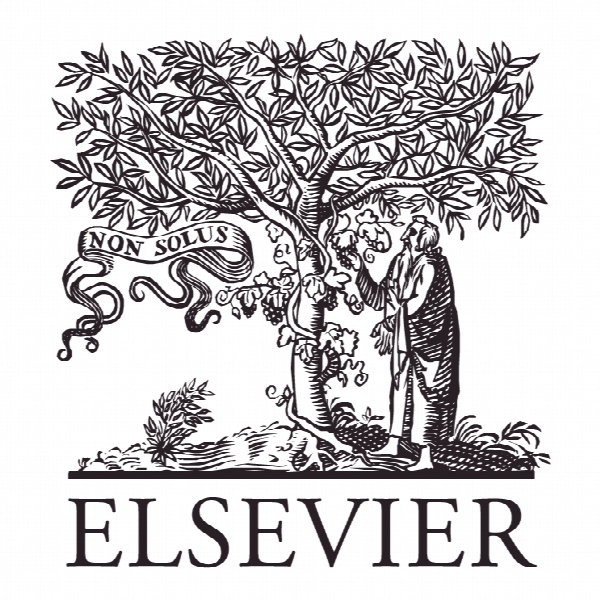ایجاد ارزش برند با استفاده از گردشگری صنعتی Building brand equity through industrial tourism
- نوع فایل : کتاب
- زبان : انگلیسی
- ناشر : Elsevier
- چاپ و سال / کشور: 2017
توضیحات
رشته های مرتبط مدیریت و اقتصاد و گردشگری و توریسم
گرایش های مرتبط بازاریابی، مدیریت گردشگری
مجله بررسی مدیریت آسیا و اقیانوس – Asia Pacific Management Review
دانشگاه National Cheng Kung University, Taiwan
نشریه نشریه الزویر
گرایش های مرتبط بازاریابی، مدیریت گردشگری
مجله بررسی مدیریت آسیا و اقیانوس – Asia Pacific Management Review
دانشگاه National Cheng Kung University, Taiwan
نشریه نشریه الزویر
Description
1. Introduction Increasing global competition has placed great stress on many industries, especially traditional manufacturing industries. In earlier times, the demand for various products was always greater than the supply, so manufacturing companies only had to focus, in general, on increasing their production efficiency. However, after decades of technological advances that have accelerated production processes, supplies are now often higher than the corresponding levels of demand, forcing the various brands that exist in given markets to compete for potential customers’ attention. As such, it has become increasingly difficult for customers to identify, remember, and choose brands during purchase decision making. In addition, customers are growing more resistant to traditional forms of marketing such as print advertising and television commercials (Willmott & Nelson, 2003). Instead, consumers are increasingly seeking holistic, authentic, multisensory, and memorable experiences that are associated with the given product or service. Hence, there has been a rapid rise in the number of marketing efforts known as experience marketing, which attempts to establish a personal and meaningful interaction with the consumer (Schmitt, 1999; Tynan & McKechnie, 2009). In some sense, the memorable experiences produced by such marketing efforts effectively become part of the products in question, making them key aspects of the experience economy (Pine & Gilmore, 1999). In order to enhance the revenues provided by customers’ experiences as part of the experience economy (Pine & Gilmore, 1999), many factories have become involved in industrial tourism, which is also called industrial heritage tourism, by transforming their manufacturing factories into tourism factories. This type of tourist attraction includes manufacturing plant tours, company museums, company visitor centers, and brand parks, all of which serve as means by which a firm can open their factory doors to customers or visitors so that they can learn about the production process, product features, and company history (Mitchell & Orwig, 2002; Otgaar, 2012). For many marketing managers, establishing such tourism factories could be an effective marketing strategy as one visit is more valuable than one hundred commercials when guests relate their positive experiences to friends and relatives (Brumberg & Axelrod, 1995). In Taiwan, many factories were closed or relocated overseas during the last two decades as a consequence of rising operating and labor costs and the competitive global environment. In 2003, the government of Taiwan’s Industrial Development Bureau noticed this trend and established “The Project to Assist Manufacturing Industries in Developing Industrial Tourism” in an attempt to help traditional factories transform into tourism factories in order to build up industrial tourism, which can act in a multifunctional manner by allowing for both manufacturing and tourism and which, therefore, may successfully promote a given brand, making it stronger and more competitive (Industrial Technology Research Institute, 2013a).


